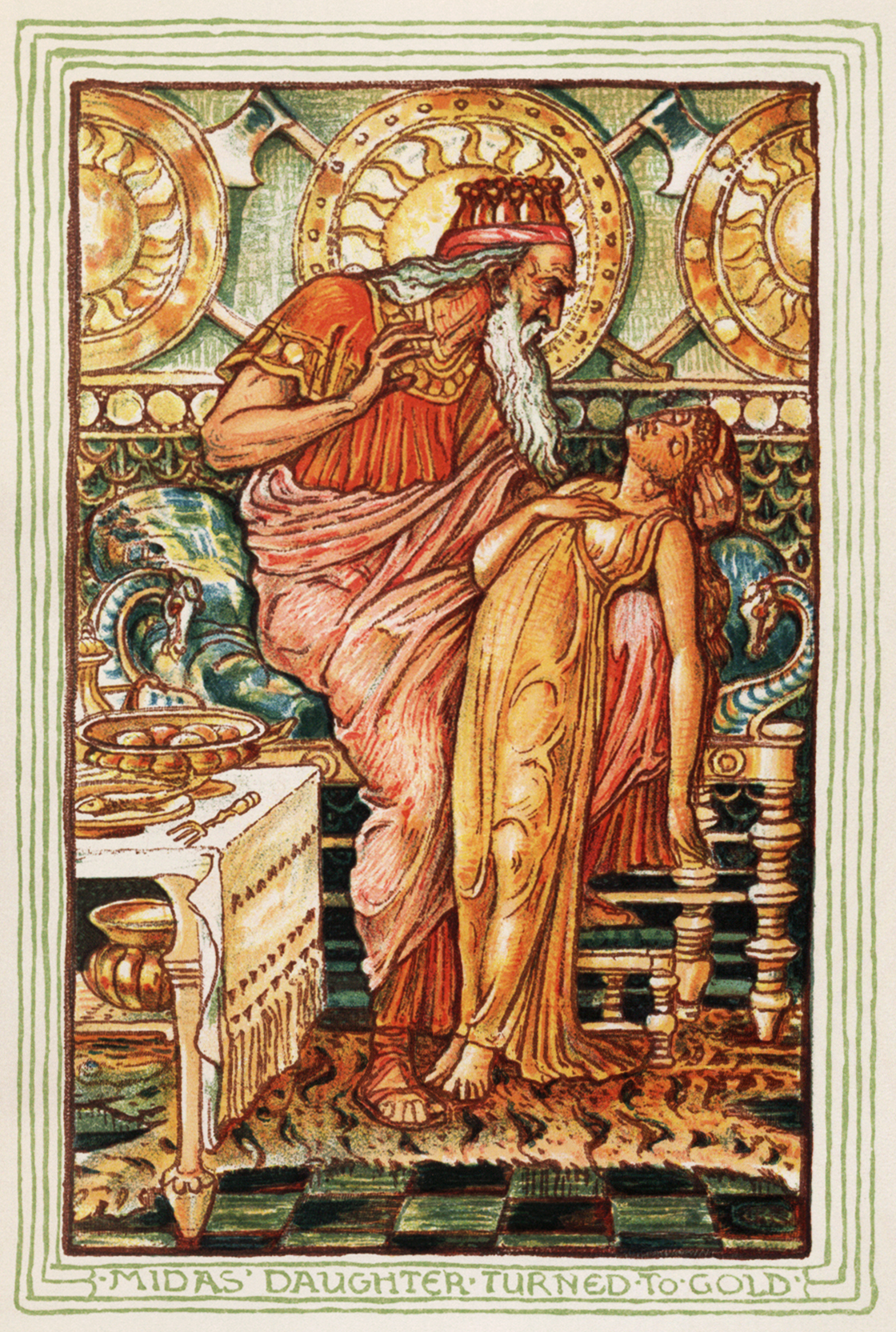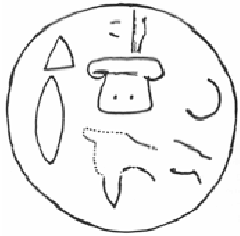|
Thoana
Tyana ( grc, Τύανα), earlier known as Tuwana (Hieroglyphic Luwian: ; Akkadian: ) and Tuwanuwa ( Hittite: ) was an ancient city in the Anatolian region of Cappadocia, in modern Kemerhisar, Niğde Province, Central Anatolia, Turkey. It was the capital of a Luwian-speaking Neo-Hittite kingdom in the 1st millennium BC. Name The name of the city and the region, and later kingdom, surrounding it was in the Hittite and Neo-Hittite periods. By the Hellenistic and Roman periods, the city was named Tyana, which was derived from its earlier Hittite name. Location The location of Tyana corresponds to the modern-day town of Kemerhisar in Niğde Province, Turkey. The region around Tyana was known as Tyanitis, and it corresponded to roughly the same area as the former Iron Age kingdom of Tuwana, which extended to the Cilician Gates and the kingdom of Quwê in the south, and in the north was bordered by the region of Tabal, which is sometimes considered part of Tuwana. History Hit ... [...More Info...] [...Related Items...] OR: [Wikipedia] [Google] [Baidu] |
Niğde Province
Niğde Province ( tr, ) is a province in the southern part of Central Anatolia, Turkey. Population is 341,412 (2013 est) of which 141,360 live in the city of Niğde. The population was 348,081 in 2000 and 305,861 in 1990. It covers an area of 7,312 km2. Neighbouring provinces are Kayseri, Adana, Mersin, Konya, Aksaray and Nevşehir. The province is surrounded on three sides by mountain ranges: the Taurus Mountains, Mount Hasan, and the Melendiz Mountains. Districts Niğde province is divided into 6 districts (capital district in bold): * Altunhisar * Bor * Çamardı * Çiftlik *Niğde *Ulukışla Some of the towns within these districts are Bademdere, Bahçeli, Çiftehan, Darboğaz, Fertek and Kemerhisar. Etymology Known in antiquity as ''Nakita'' or ''Nahita'' the name derived from the Iranian goddess ''Anahita''. It has mutated through ''Nekidâ'', ''Nekide'', ''Nikde'' and lastly to ''Niğde'' by the republican regime of Turkey. History The area has been settled ... [...More Info...] [...Related Items...] OR: [Wikipedia] [Google] [Baidu] |
Hittites
The Hittites () were an Anatolian people who played an important role in establishing first a kingdom in Kussara (before 1750 BC), then the Kanesh or Nesha kingdom (c. 1750–1650 BC), and next an empire centered on Hattusa in north-central Anatolia (around 1650 BC). This empire reached its height during the mid-14th century BC under Šuppiluliuma I, when it encompassed an area that included most of Anatolia as well as parts of the northern Levant and Upper Mesopotamia. Between the 15th and 13th centuries BC, the Empire of Hattusa—in modern times conventionally called the Hittite Empire—came into conflict with the New Kingdom of Egypt, the Middle Assyrian Empire and the empire of Mitanni for control of the Near East. The Middle Assyrian Empire eventually emerged as the dominant power and annexed much of the Hittite Empire, while the remainder was sacked by Phrygian newcomers to the region. After BC, during the Late Bronze Age collapse, the Hittites splintered ... [...More Info...] [...Related Items...] OR: [Wikipedia] [Google] [Baidu] |
Old Phrygian
The Phrygian language () was the Indo-European language of the Phrygians, spoken in Anatolia (modern Turkey), during classical antiquity (c. 8th century BC to 5th century AD). Phrygian ethno-linguistic homogeneity is debatable. Ancient Greek authors used "Phrygian" as an umbrella term to describe a vast ethno-cultural complex located mainly in the central areas of Anatolia rather than a name of a single "tribe" or "people". Plato observed that some Phrygian words resembled Greek ones. Because of the fragmentary evidence of Phrygian, its exact position within the Indo-European language family is uncertain. Phrygian shares important features with Greek and Armenian. Evidence of a Thraco-Armenian separation from Phrygian and other Paleo-Balkan languages at an early stage, Phrygian's classification as a centum language, and the high frequency of phonetic, morphological, and lexical isoglosses shared with Greek, have led to a current consensus which regards Greek as the closest rel ... [...More Info...] [...Related Items...] OR: [Wikipedia] [Google] [Baidu] |
Midas
Midas (; grc-gre, Μίδας) was the name of a king in Phrygia with whom several myths became associated, as well as two later members of the Phrygian royal house. The most famous King Midas is popularly remembered in Greek mythology for his ability to turn everything he touched into gold. This came to be called the ''golden touch'', or the ''Midas touch''. The legends told about this Midas and his father Gordias, credited with founding the Phrygian capital city Gordium and tying the Gordian Knot, indicate that they were believed to have lived sometime in the 2nd millennium BC, well before the Trojan War. However, Homer does not mention Midas or Gordias, while instead mentioning two other Phrygian kings, Mygdon and Otreus. The Phrygian city Midaeum was presumably named after him, and this is probably also the Midas that according to Pausanias founded Ancyra (today known as Ankara). Another King Midas ruled Phrygia in the late 8th century BC. Most historians believe this ... [...More Info...] [...Related Items...] OR: [Wikipedia] [Google] [Baidu] |
Mushki
The Mushki (sometimes transliterated as Muški) were an Iron Age people of Anatolia who appear in sources from Assyria but not from the Hittites. Several authors have connected them with the Moschoi (Μόσχοι) of Greek sources and the Georgian tribe of the Meskhi. Josephus Flavius identified the ''Moschoi'' with the Biblical Meshech. Two different groups are called ''Muški'' in Assyrian sources ( Diakonoff 1984:115), one from the 12th to the 9th centuries BC near the confluence of the Arsanias and the Euphrates ("Eastern Mushki") and the other from the 8th to the 7th centuries BC in Cappadocia and Cilicia ("Western Mushki"). Assyrian sources clearly identify the Western Mushki with the Phrygians, but later Greek sources then distinguish between the Phrygians and the Moschoi. Identification of the Eastern Mushki with the Western Mushki is uncertain, but it is possible that at least some of the Eastern Mushki migrated to Cilicia in the 10th to the 8th centuries BC. Alt ... [...More Info...] [...Related Items...] OR: [Wikipedia] [Google] [Baidu] |
Assyrian Empire
Assyrian may refer to: * Assyrian people, the indigenous ethnic group of Mesopotamia. * Assyria, a major Mesopotamian kingdom and empire. ** Early Assyrian Period ** Old Assyrian Period ** Middle Assyrian Empire ** Neo-Assyrian Empire * Assyrian language (other) * Assyrian Church (other) * SS ''Assyrian'', several cargo ships * ''The Assyrian'' (novel), a novel by Nicholas Guild * The Assyrian (horse), winner of the 1883 Melbourne Cup See also * Assyria (other) * Syriac (other) * Assyrian homeland, a geographic and cultural region in Northern Mesopotamia traditionally inhabited by Assyrian people * Syriac language, a dialect of Middle Aramaic that is the minority language of Syrian Christians * Upper Mesopotamia * Church of the East (other) Church of the East, also called ''Nestorian Church'', an Eastern Christian denomination formerly spread across Asia, separated since the schism of 1552. Church of the East may also refer ... [...More Info...] [...Related Items...] OR: [Wikipedia] [Google] [Baidu] |
Niğde
Niğde (; grc, Νίγδη; Hittite: Nahita, Naxita) is a city and the capital of Niğde province in the Central Anatolia region of Turkey at an elevation of 1,299 m. In 2017 the city population was 141,010 people. The city is small with plenty of green space and gardens around the houses. Its people generally tend to be religious and conservative. Medieval monuments are scattered about the centre of the town, especially around the market place. The nearest airport is Nevşehir Kapadokya Airport (NAV) which is 90.6 km (50.6 miles) away. History Niğde is located near a number of ancient trade routes, particularly the road from Kayseri (ancient Caesarea Mazaca) to the Cilician Gates and thence to the Mediterranean coast. The area has been settled by Hittites, Assyrians, Greeks, Armenians, Romans, Byzantines and Turks. In the early Middle Ages, it was known as Magida ( el, Μαγίδα), and was settled by the remaining inhabitants of nearby Tyana after it fell to t ... [...More Info...] [...Related Items...] OR: [Wikipedia] [Google] [Baidu] |
Sargon II
Sargon II ( Neo-Assyrian cuneiform: , meaning "the faithful king" or "the legitimate king") was the king of the Neo-Assyrian Empire from 722 BC to his death in battle in 705. Probably the son of Tiglath-Pileser III (745–727), Sargon is generally believed to have become king after overthrowing Shalmaneser V (727–722), probably his brother. He is typically considered the founder of a new dynastic line, the Sargonid dynasty. Modelling his reign on the legends of the ancient rulers Sargon of Akkad, from whom Sargon II likely took his regnal name, and Gilgamesh, Sargon aspired to conquer the known world, initiate a golden age and a new world order, and be remembered and revered by future generations. Over the course of his seventeen-year reign, Sargon substantially expanded Assyrian territory and enacted important political and military reforms. An accomplished warrior-king and military strategist, Sargon personally led his troops into battle. By the end of his reign, all of h ... [...More Info...] [...Related Items...] OR: [Wikipedia] [Google] [Baidu] |
Tiglath-Pileser III
Tiglath-Pileser III ( Neo-Assyrian cuneiform: , meaning "my trust belongs to the son of Ešarra"), was the king of the Neo-Assyrian Empire from 745 BC to his death in 727. One of the most prominent and historically significant Assyrian kings, Tiglath-Pileser ended a period of Assyrian stagnation, introduced numerous political and military reforms and more than doubled the lands under Assyrian control. Because of the massive expansion and centralization of Assyrian territory and establishment of a standing army, some researchers consider Tiglath-Pileser's reign to mark the true transition of Assyria into an empire. The reforms and methods of control introduced under Tiglath-Pileser laid the groundwork for policies enacted not only by later Assyrian kings but also by later empires for millennia after his death. The circumstances of Tiglath-Pileser's rise to the throne are not clear. Because ancient Assyrian sources give conflicting accounts concerning Tiglath-Pileser's lineage and ... [...More Info...] [...Related Items...] OR: [Wikipedia] [Google] [Baidu] |
Luwian Hieroglyphs
Anatolian hieroglyphs are an indigenous logographic script native to central Anatolia, consisting of some 500 signs. They were once commonly known as Hittite hieroglyphs, but the language they encode proved to be Luwian, not Hittite, and the term Luwian hieroglyphs is used in English publications. They are typologically similar to Egyptian hieroglyphs, but do not derive graphically from that script, and they are not known to have played the sacred role of hieroglyphs in Egypt. There is no demonstrable connection to Hittite cuneiform. History Individual Anatolian hieroglyphs are attested from the second and early first millennia BC across Anatolia and into modern Syria. A biconvex bronze personal seal was found in the Troy VIIb level (later half of the 12th century BC) inscribed with Luwian Hieroglyphs. The earliest examples occur on personal seals, but these consist only of names, titles, and auspicious signs, and it is not certain that they represent language. Most actual text ... [...More Info...] [...Related Items...] OR: [Wikipedia] [Google] [Baidu] |
Warpalawas
Warpalawa(s) (possibly ''Warpalawa II'') was a late 8th century BC (ca 730-710 BC?) Late Hittite (or Neo-Hittite) king of Tabal in south-central Anatolia (modern Turkey). The political center of this Early Iron Age regional state was probably Tuwana (later Graeco-Roman Tyana). Warpalawa is first attested among the five regional rulers who paid tribute to Tiglath-pileser III (745-727 BC). Monuments Among other commemorative monuments, Warpalawas most notably commissioned the carving of the İvriz relief, a rock relief at the site of Ivriz near a spring, south of Tuwanuwa in the province of Konya. In the relief, he is depicted with the storm-god Tarhunzas. His attire in the relief is seen as an evidence for his kingdom's close affinity with the Phrygians. The relief is accompanied with a hieroglyphic Luwian inscription. The Tabalian king Urballa, mentioned in the Assyrian texts at the time of Tiglath-pileser III and Sargon II probably is Warpalawas. Some scholars assume ... [...More Info...] [...Related Items...] OR: [Wikipedia] [Google] [Baidu] |





